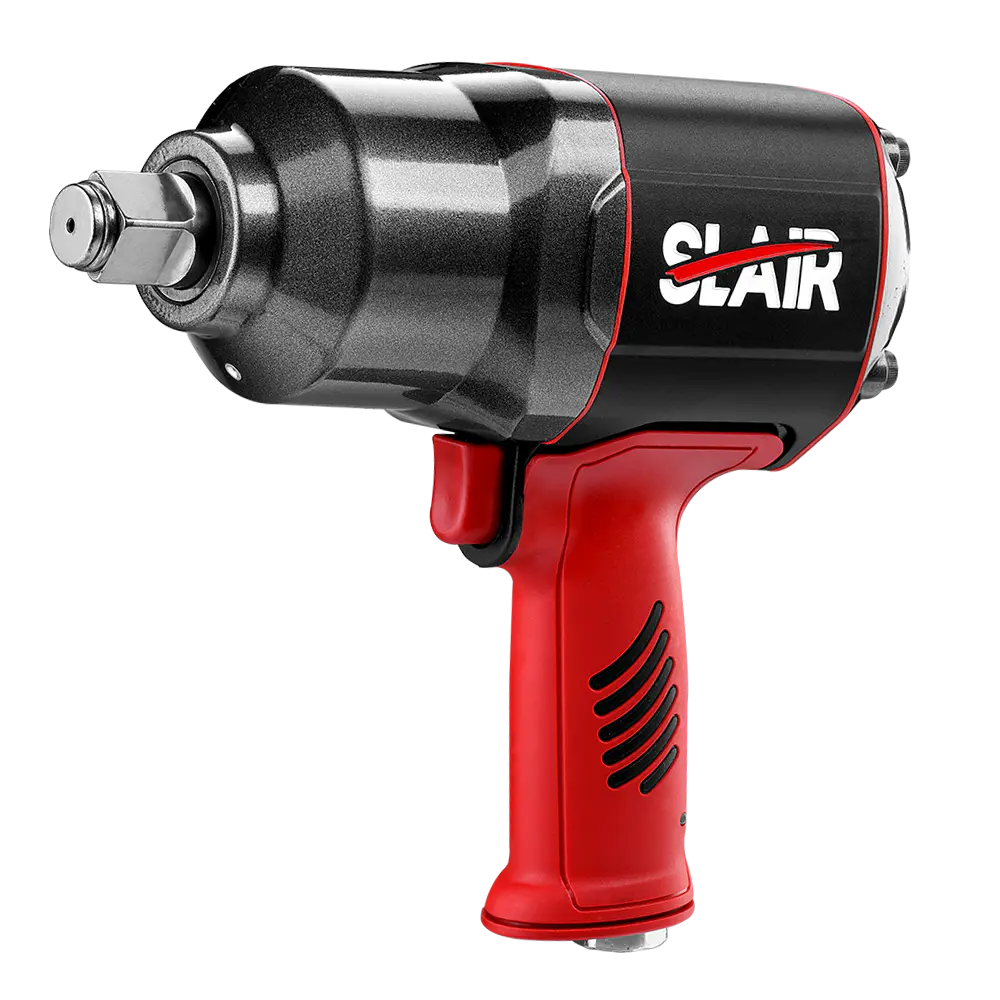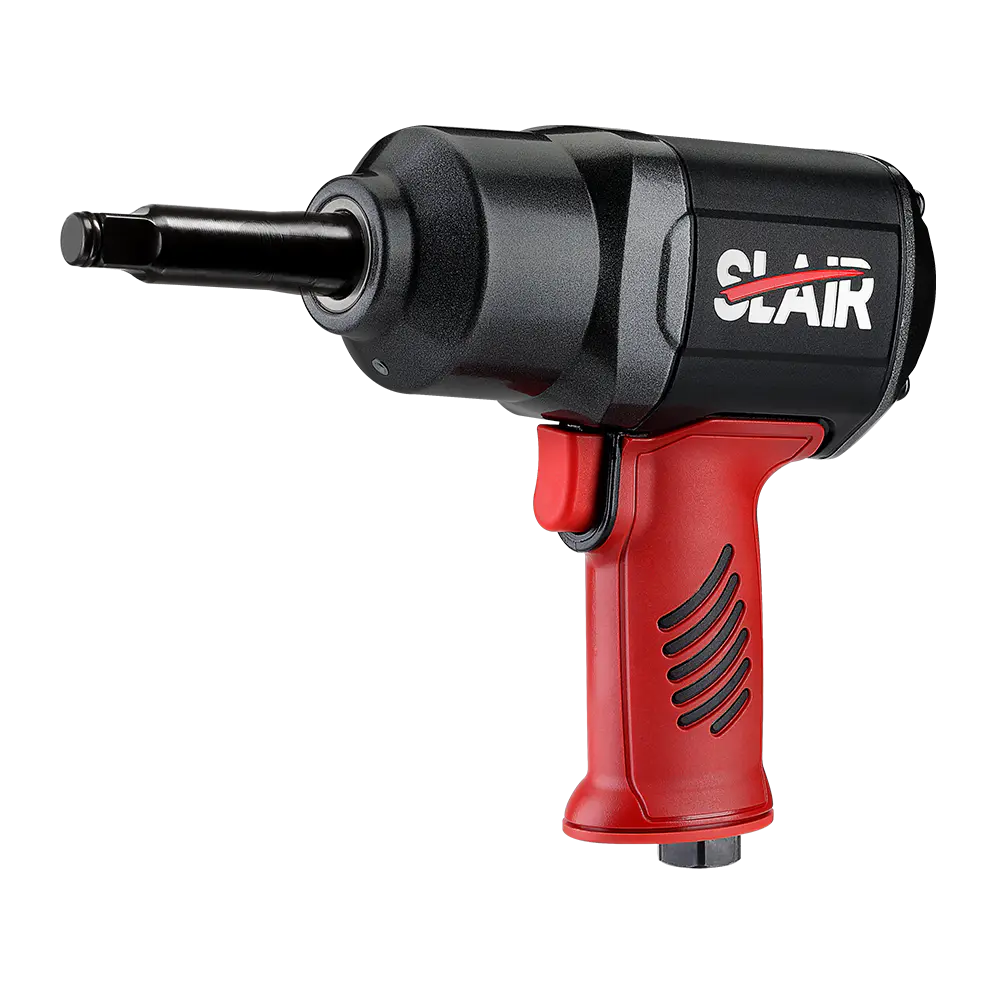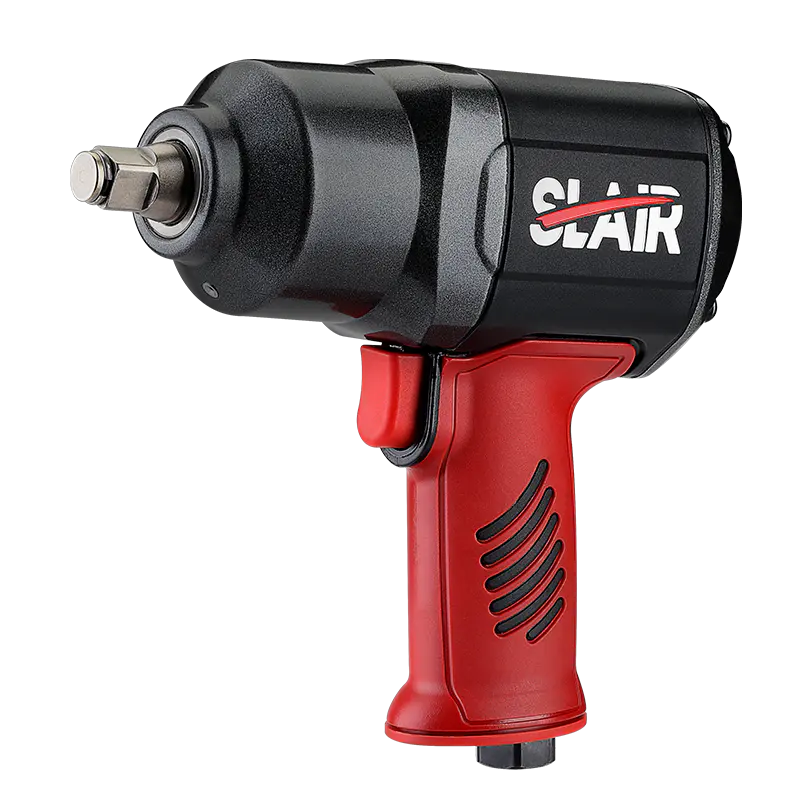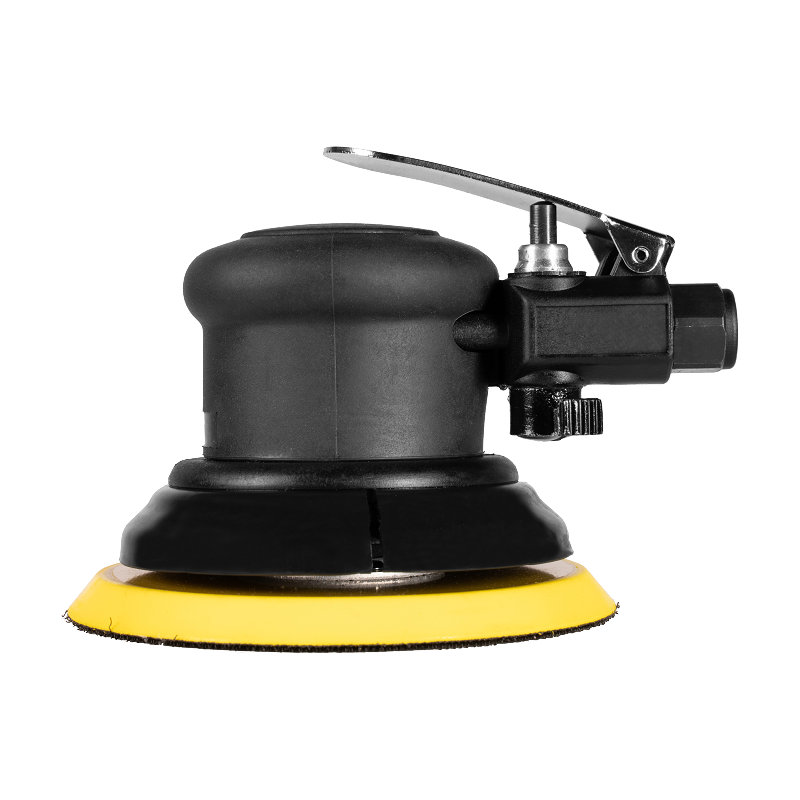Managing dust generated during sanding is crucial for a clean and safe working environment. Many air sanders are equipped with dust extraction features to minimize airborne particles and enhance operator safety. Here's how dust is typically managed in air sanders:
Dust Collection Bag or Canister:
Some air sanders come with an attached dust collection bag or canister. This bag is positioned near the sanding pad to capture and collect dust as it is generated during sanding.
Dust Collection Port:
Many air sanders have a dust collection port that allows for connection to an external dust extraction system, such as a vacuum cleaner or a centralized dust collection system.
Vacuum Attachment:
Certain air sanders are designed with a vacuum attachment feature. This allows users to connect the tool directly to a vacuum cleaner or a dust extraction system using a hose. The vacuum effectively sucks up the dust as it is produced.
Built-in Dust Extraction System:
Some advanced air sanders come with a built-in dust extraction system. These systems often include a dust collection bag, filter, and exhaust port designed to capture and contain dust during sanding.
Dust Shroud:
In some models, a dust shroud surrounds the sanding pad to enclose the sanding area. This shroud directs the generated dust toward the dust collection system, reducing the chances of it spreading in the workspace.
Disposable or Reusable Filters:
Dust extraction systems in air sanders often use filters to trap and contain fine particles. These filters may be disposable or reusable, depending on the sander model.
Airflow Design:
The design of the sander, including the airflow pathways, is optimized to direct dust toward the collection point, preventing it from spreading into the air.
Variable Speed and Control:
Some air sanders come with variable speed settings that allow users to control the sanding speed. Slower speeds may generate less dust, especially when working on delicate or finish surfaces.
Sealed Bearings:
Air sanders with sealed bearings can help prevent dust and debris from entering the internal components, reducing the risk of damage and extending the tool's lifespan.
Clean Air Exhaust:
Some air sanders are designed with a clean air exhaust feature that directs exhaust air away from the sanding area, preventing it from carrying dust back onto the work surface.
Proper dust management not only contributes to a cleaner workspace but also minimizes health risks associated with inhaling airborne particles. When using an air sander, it's essential to follow the manufacturer's recommendations regarding dust extraction and wear appropriate personal protective equipment, such as dust masks or respirators, if needed.





 English
English 中文简体
中文简体 русский
русский Deutsch
Deutsch Português
Português Español
Español
















